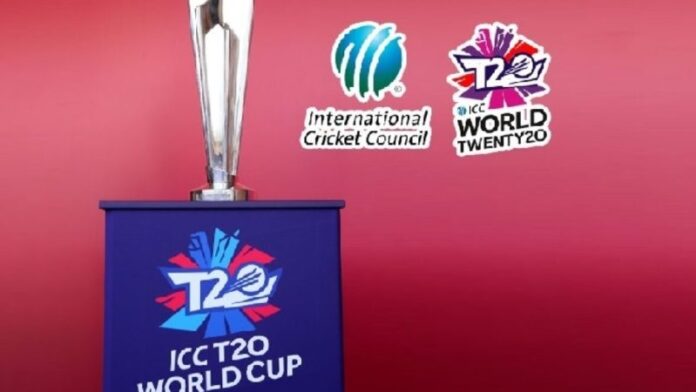The lightning-fast and electrifying Twenty20 cricket format has mesmerized people across the globe. With its focus on powerful hitting, strategic bowling, and athletic fielding, Twenty20 cricket provides an exciting show for spectators and a new challenge for teams. But what separates the champions? Test your knowledge of T20 cricket and head over to Cricket’s Premier League SRL and see if you can predict the outcome of the next high-octane match! You can also learn more about the tactics from various news websites covering cricket. In this article, we will look at the tactics teams adopt to succeed in the fast-paced Twenty20 cricket league.
Building a Balanced Team Composition
To be successful in Twenty20 cricket, your side needs a balanced lineup. What this means is that you need a mix of players who are great at multiple things:
Explosive Top-Order Batsmen
In Twenty20 cricket, getting runs early on is essential. Especially in the crucial Powerplay overs (the opening six overs), openers must be aggressive and able to consistently clear boundaries. Consider Chris Gayle, Rohit Sharma, or Babar Azam examples of top-order destroyers.
Shrewd Middle-Order Batsmen
Batters in the middle of the order are essential for extending the innings and speeding up the run pace after the openers have given the game an initial thrust. These players must be able to shift gears and form partnerships under pressure. In this regard, there are several greats, like Virat Kohli, AB de Villiers, and Kane Williamson.
Versatile All-Rounders
When it comes to Twenty20 cricket, all-rounders are king-makers. They provide significant flexibility to the team’s plan as batsmen and bowlers. A few notable players are Ben Stokes, Andre Russell, and Glenn Maxwell, all of whom possess exceptional bowling abilities and decisive hitting skills.
Varied Bowling Attack
In Twenty20s, limiting the other team’s score is just as important. Bowlers who can swing and yorkers, spinners who can provide control and diversity, and slower ball specialists who can disrupt batters’s rhythm should all be part of a well-rounded bowling attack. Teams should plan their bowling approach after analyzing the field conditions and the opponent’s strengths and weaknesses.
Optimizing Batting Strategies by Phase
Powerplay (Overs 1-6)
With fielding limits, batters are in a prime position to score runs. Making the most of your bounds and rotating your strikes can help keep the scoreboard moving.
Middle Overs (Overs 7-15)
Consolidation and careful risk-taking are essential in this scenario. Batsmen must assess the situation, form partnerships, and rotate the strike between opportunities to hit boundaries. Spin should be played with assurance at this stage.
Death Overs (Overs 16-20)
Going all out in the last five overs is the name of the game. Players with excellent power-hitting skills reach the highest levels, trying to break barriers easily. Teams often use innovative techniques, such as pinch hitters, to make the most of their scoring opportunities during this period.
Bowling with Brains
Field Placement
Strategically placing fields can significantly limit the number of runs. Captains must consider the batter’s abilities, the pitch, and the bowler’s style to choose the best field positions. Constantly shifting field spots might keep batters guessing.
Variety is Key
Batsmen can identify bowling patterns very quickly. Using a variety of deliveries, including slower balls, yorkers, bouncers, and variations in speed, keeps batters on their toes and makes it tough to score consistently.
Death Bowling Specialists
The last few overs provide a real nerve-wracking challenge for bowlers. Teams generally depend on specialist death bowlers with extraordinary yorker-bowling abilities and control to limit runs and gain wickets during this critical period. Among the most prominent examples of this specialist are Jasprit Bumrah, Jofra Archer, and Trent Boult.
Fielding with Finesse
Fielding plays a critical role in T20 cricket, not just by saving runs but also by creating pressure and taking crucial catches
Athleticism and Agility
Effective fielders have lightning reflexes, can dive for balls, stop sharp singles, and efficiently patrol the boundary. The game-changing ability to save boundaries or turn half-chances into dismissals is crucial.
Communication and Coordination
Fielders must communicate well with one another to set up fielding positions, predict shots, and make backup throws. When the fielding units work together, the team feels controlled and has forward momentum, which in turn helps them preserve runs.
Conclusion
To be successful in Twenty20 cricket, one needs an ideal combination of skill, strategy, and performance. The most successful teams can put together a balanced group of players, adjust their approach according to the situation, and keep cool when the stakes are high. Not only can teams boost their performance by focusing on these crucial methods, but viewers all across the globe will find the Twenty20 show much more exciting. Check out this insightful article on Cricinfo for a more in-depth analysis of successful T20 teams and strategies.























